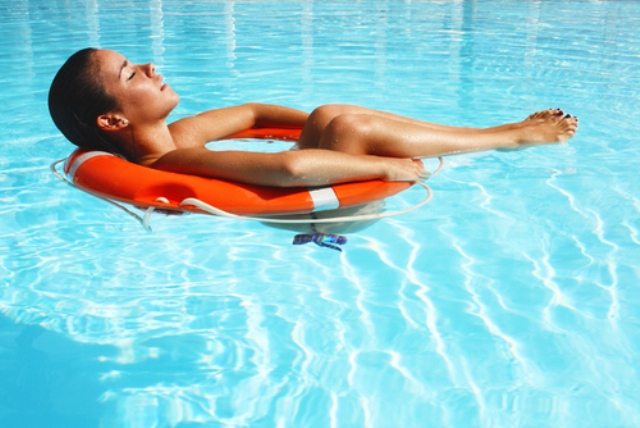Everything you need to know about sunscreen
Health
Summer is in full swing and you need to take care to protect yourself from the harmful effects of the sun. But what kind of sunscreen should you buy and how long can you use it? Are some creams worse than others?
We offer you answers to these and other questions regarding the use of sunscreen.
1. What are sunscreens made of?
Generally, sunscreens fit one of two formulas. So-called "chemical-free" contain heavy metals such as zinc oxide and sometimes titanium oxide. Zinc and oxide are found on the surface of the skin, acting as a reflective, protective layer against the harmful effects of the sun's rays.
2. Are chemical sunscreens dangerous?

Many creams contain oxybenzone. Rodent studies have shown it to be associated with skin cancer and is an endocrine disruptor, which is a concern for those avoiding synthetic hormones. However, it is too early to draw conclusions, as more extensive studies are required.
3. Is one type of sunscreen better than another?
While the link between oxybenzone and skin cancer isn't entirely clear, there are other reasons why you might prefer one type over another. Zinc and titanium creams protect us longer than those made with chemicals. But they are less resistant to water and therefore require frequent application if you swim in the water. They can also form clots on the surface of the skin as the action decreases. In any case, as experts say, it is better to use any of these types of cream than none at all.
4. What should be the sun protection SPF?
![]()
The general consensus is that sunscreen must have an SPF of at least 15 for it to be effective, but in general SPF 30 recommended.
SPF is actually the number of minutes you can burn without using sunscreen multiplied by the number of SPF, which equals the maximum UVB protection time. For example, if you take a sunscreen with an SPF of 15 and multiply it by the 15 minutes that you normally burn in the sun, we get 3 hours and 45 minutes.
Many people believe that the higher the SPF, the better the protection. However cream with SPF 15 blocks about 94 percent of UVB rays, and cream with SPF 30 does not much more - 97 percent of rays. Experts recommend higher levels of sunscreen simply because many people use sunscreen incorrectly.
5. Is it important to protect the skin from UVA rays?
The SPF factor only refers to protection against UVB rays (ultraviolet B rays). But it is worth remembering that UVA rays (ultraviolet A rays) are also harmful and are closely linked to skin aging.. Protection against these rays is listed on the packaging as a broad-spectrum sunscreen that protects against both types of UV rays.
6. Do I need to use waterproof sunscreen?

In fact, waterproof sunscreen does not exist. Regular sunscreen loses its sunscreen properties after 40 or 80 minutes of exposure to water. If you spend a lot of time in the water and sweat a lot, apply cream more often.
7. How much and how often should I apply sunscreen?
Most recommendations agree that sunscreen needs to be reapplied every two hours, since at this time the effect of creams with oxybenzone, the most common type of sunscreen, begins to decrease. Zinc-based creams can theoretically be applied every 4-8 hours.
However, experience has shown that many of us do not use enough sunscreen. To protect the entire body, you usually need an amount of cream the size of a ping-pong ball. And it is important to apply the cream often, especially after swimming or sweating heavily.
8. Why apply sunscreen beforehand?

Most creams containing oxybenzone take time, about 20 minutes, to penetrate the dermis and begin to work. Creams containing zinc usually work immediately.
9. Can I use last year's tube of sunscreen?
If you find a cream that has not been used for a long time, then look at the expiration date and throw it away without hesitation if it has expired. If the product has changed color and consistency, this is also a reason to throw it away.




